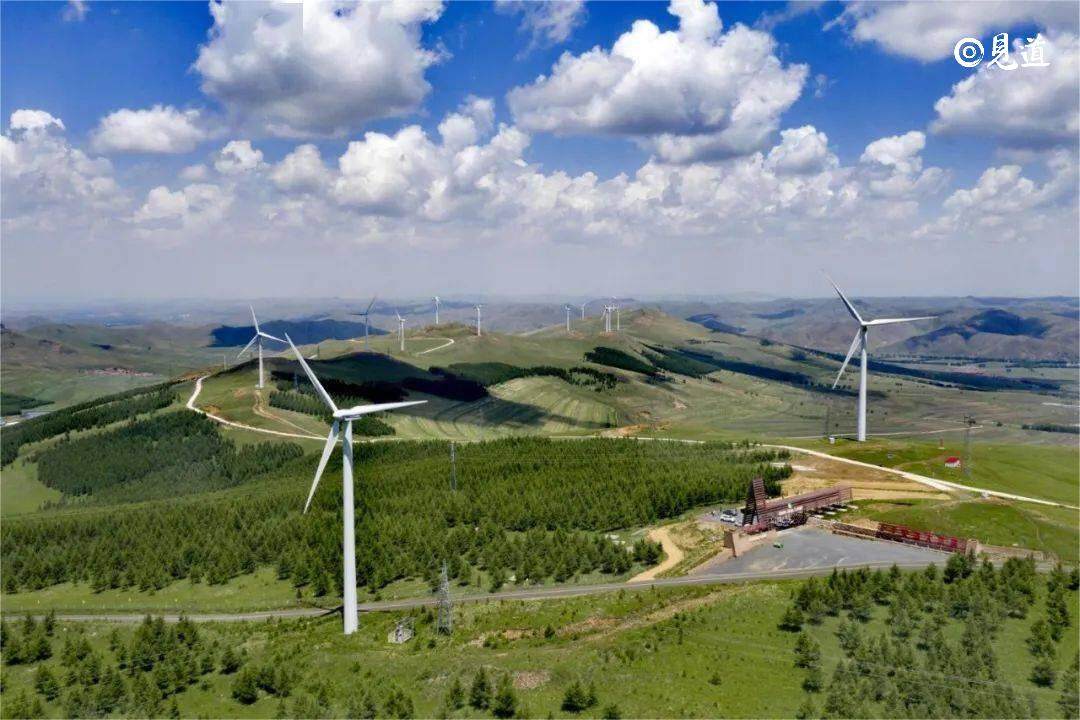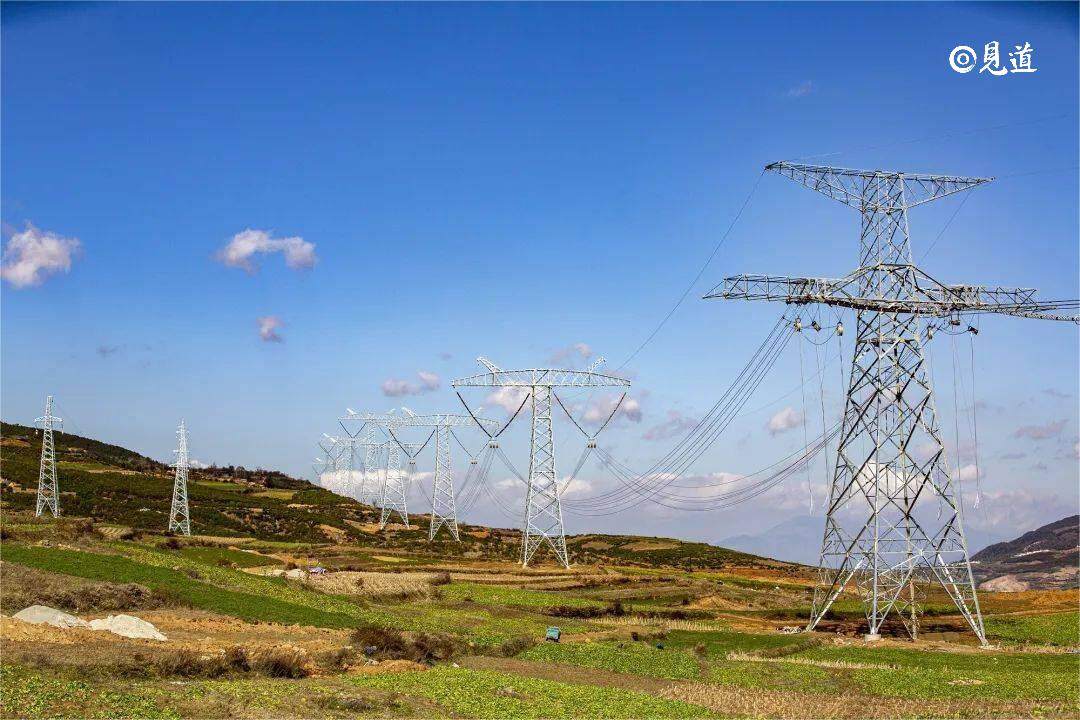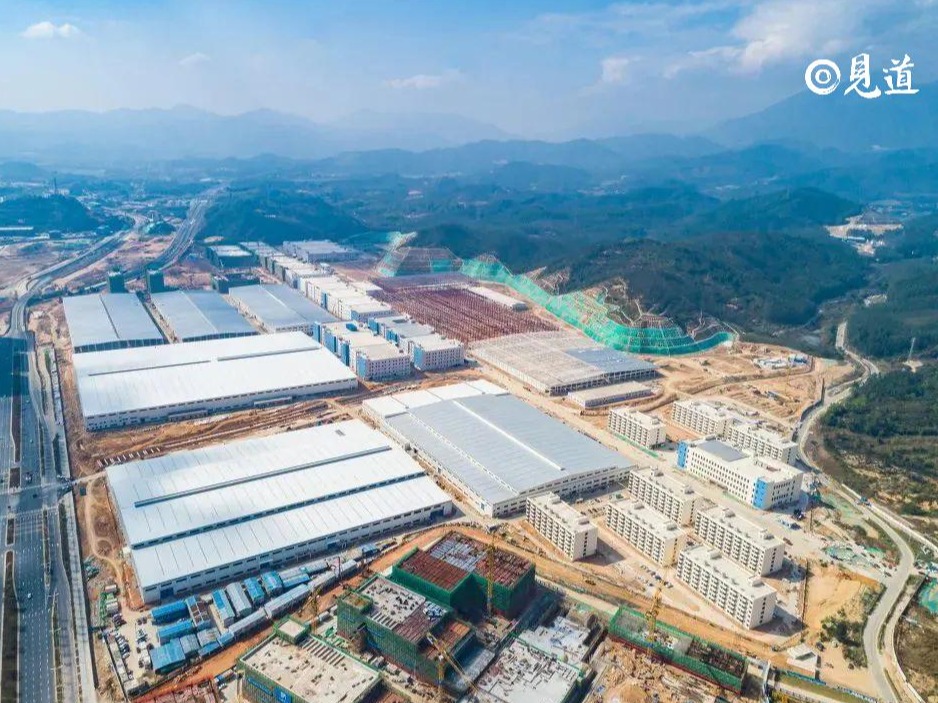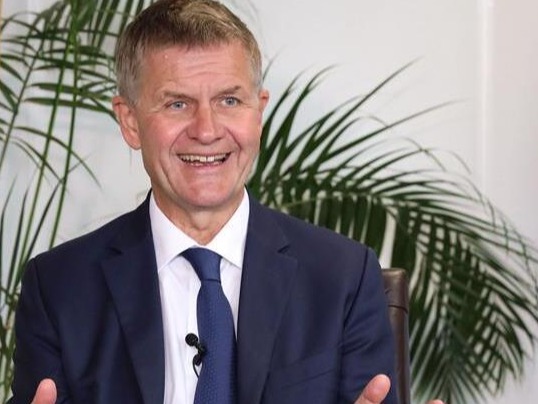- The efficiency of solar and wind power generation equipment will continue to improve, contributing to the popularization of clean energy
- The northern Hebei region is expected to see a significant increase in the installed capacity of new energy by 2030, with an estimated output of over 80 million kilowatts
With the increasing severity of global climate change and environmental issues, the sustainability of clean energy has become increasingly important. Recently, a reporter from Jiandao Network learned from State Grid that one of the nine clean energy bases in the 14th Five Year Plan, the Hebei North Clean Energy Base, will add 11.87 million kilowatts of wind and photovoltaic installed capacity in 2023, setting a new historical high. As of now, the total installed capacity of new energy here has exceeded 50 million kilowatts, accounting for 76% of the total installed capacity of power sources, ranking first in the country.

In 2023, the clean energy base in northern Hebei added 3.11 million kilowatts of wind power and 8.76 million kilowatts of photovoltaic power. The annual new energy generation reached 82 billion kilowatt hours, a year-on-year increase of 14.7%. The new energy generation accounted for 51% of the total power generation, becoming the main electricity source for the first time.
As of now, the clean energy sector in northern Hebei has taken the lead in achieving a dual main body of over half of the installed capacity and power generation of new energy in the country.
Wang Xuanyuan, Director of the Control Center of State Grid Jibei Electric Power Co., Ltd.: In 2023, Jibei Electric Power Grid launched the construction of the first comprehensive demonstration zone for a new type of power system in North China, deepening the application of cutting-edge technologies such as distributed phase-shifting cameras and virtual power plants, and completed and put into operation three new energy source supporting projects, including 500kV Chengde North. In 2023, the Jibei Clean Energy Base will send about 35 billion kilowatt hours of new energy to the Beijing Tianjin Hebei region, an increase of 18% year-on-year.

The power supply area of the Hebei North Power Grid covers five cities including Tangshan, Zhangjiakou, Qinhuangdao, Chengde, and Langfang. The Hebei North Clean Energy Base in this area is listed as one of the nine major clean energy bases in the national "14th Five Year Plan". It is expected that by 2030, the installed capacity of new energy in the region will exceed 80 million kilowatts, accounting for over 80% of the total local power supply. At the same time, the installed capacity of energy storage will reach over 20 million kilowatts, marking the basic completion of the new power system. Editor/Zhao E
Comment
 Praise
Praise
 Collect
Collect
 Comment
Comment
 Search
Search














Write something~